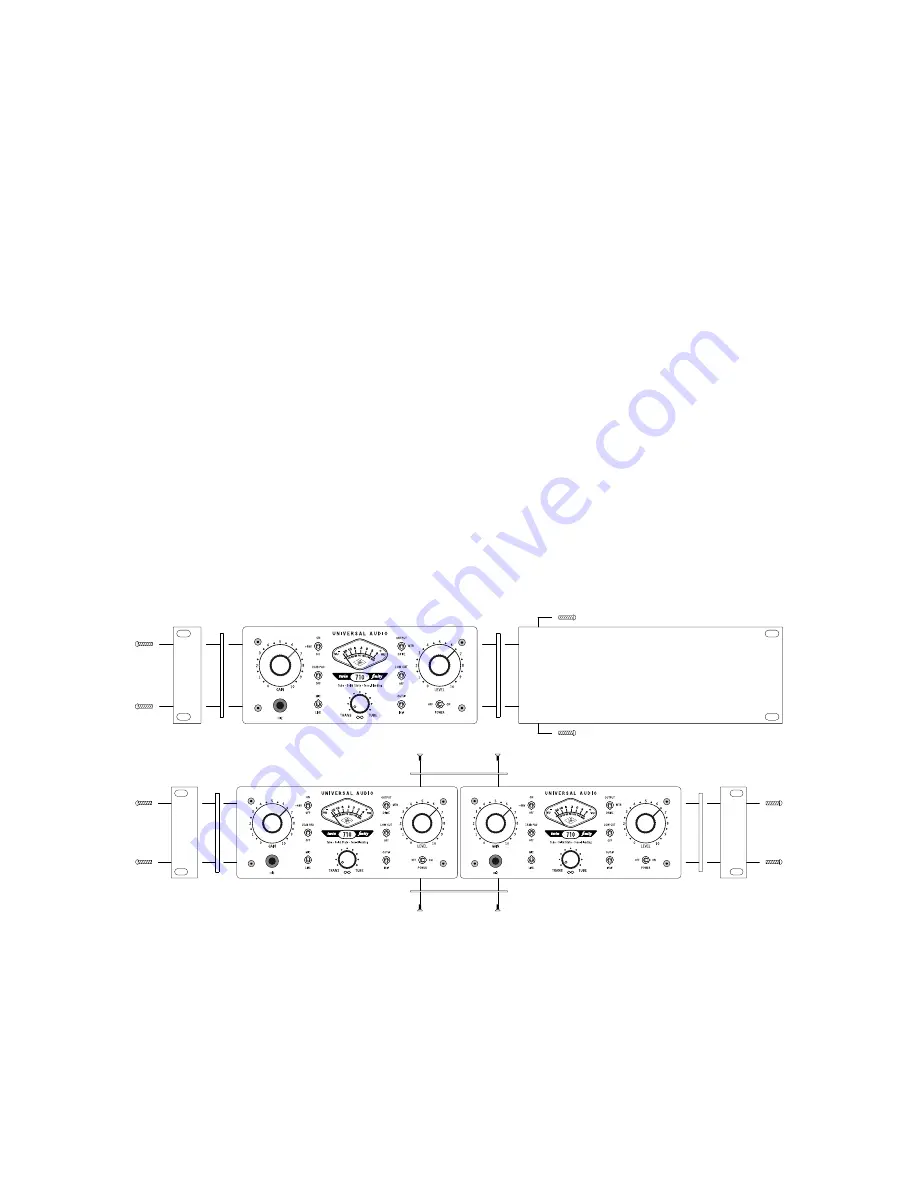
The Technical Stuff
__________________________________________________________
-
Other double-mic applications often requiring phase inversion include piano soundboards, drum heads
(one mic on top of the drum and the other below it), and acoustic guitar miking, where one mic is
placed close to the soundhole and another further away or behind the guitar.
Low Cut Filtering
A common method for optimizing mixes is to apply low-cut filtering whenever possible. Excessive low
frequencies from microphones and instruments tend to build up in the mix, creating sonic “mud” that
masks musical detail, overloads or fatigues the listener’s ears, and sucks energy from power amps
and speakers. It isn’t uncommon to notice meters showing noticeably lower levels after low-cut
filtering is applied—a sure sign that such filtering was necessary. In addition, after low-frequency
mud is filtered, there is often more room in the mix to bring up important musical elements such as
vocals and lead instruments, resulting in a win-win situation (less mud = more music).
Typically, a low cut filter can be used to remove: vocal "B","P" and other popping sounds; moving-air
noise from close-miked vocals, drums, guitars and outdoor weather; instrument body noise from
handling guitars, basses, pianos, saxophones, etc; mic-stand vibrations; studio or stage floor
vibrations; air-conditioning; electrical hum; and unwanted proximity-effect bass boost.
Rack Mounting
The 710 ships with all the necessary brackets and hardware required for mounting one or two units in
a standard 19" rack; the only tool necessary is a medium Phillips-head screwdriver. When mounted,
the 710 takes two rack spaces. Bracket and hardware locations are shown below:
Optional Desktop Handle Kit
An optional 710 desktop handle kit is available from www.uaudio.com. Bracket and hardware locations
are shown below:
- 15 -









































